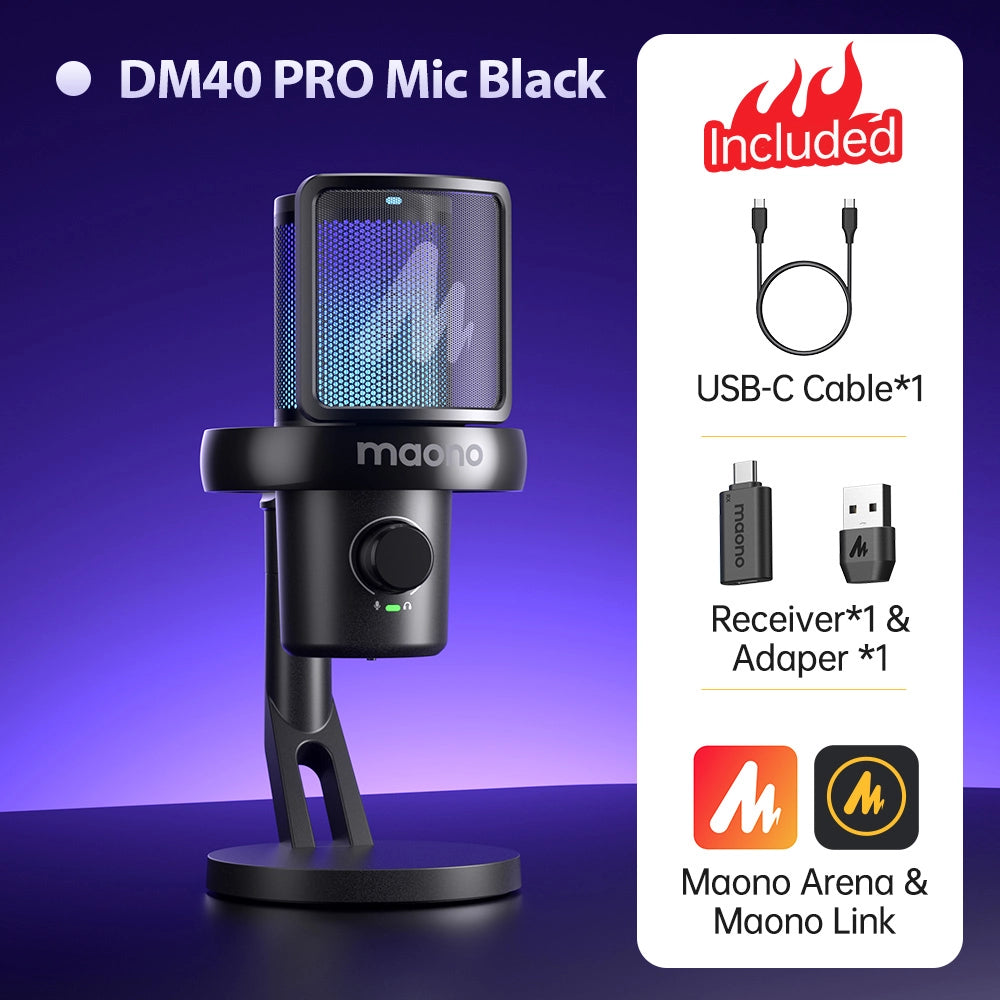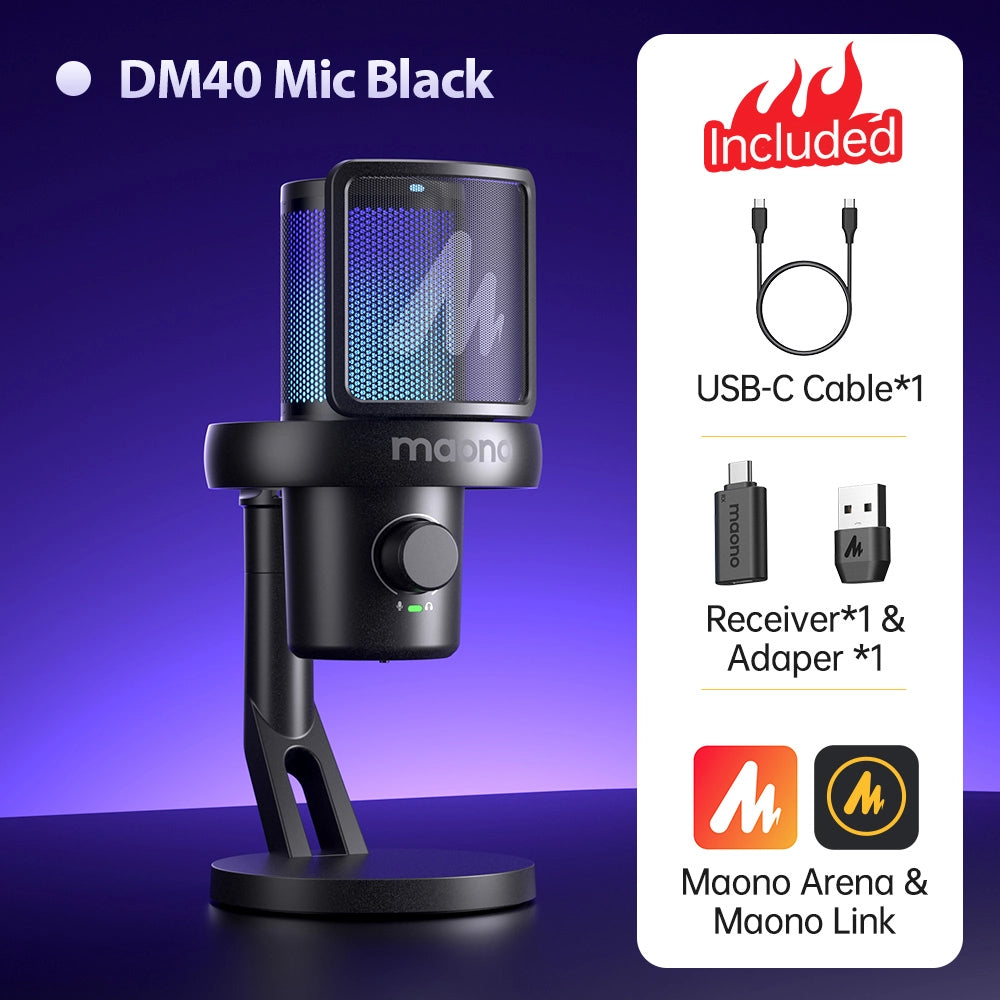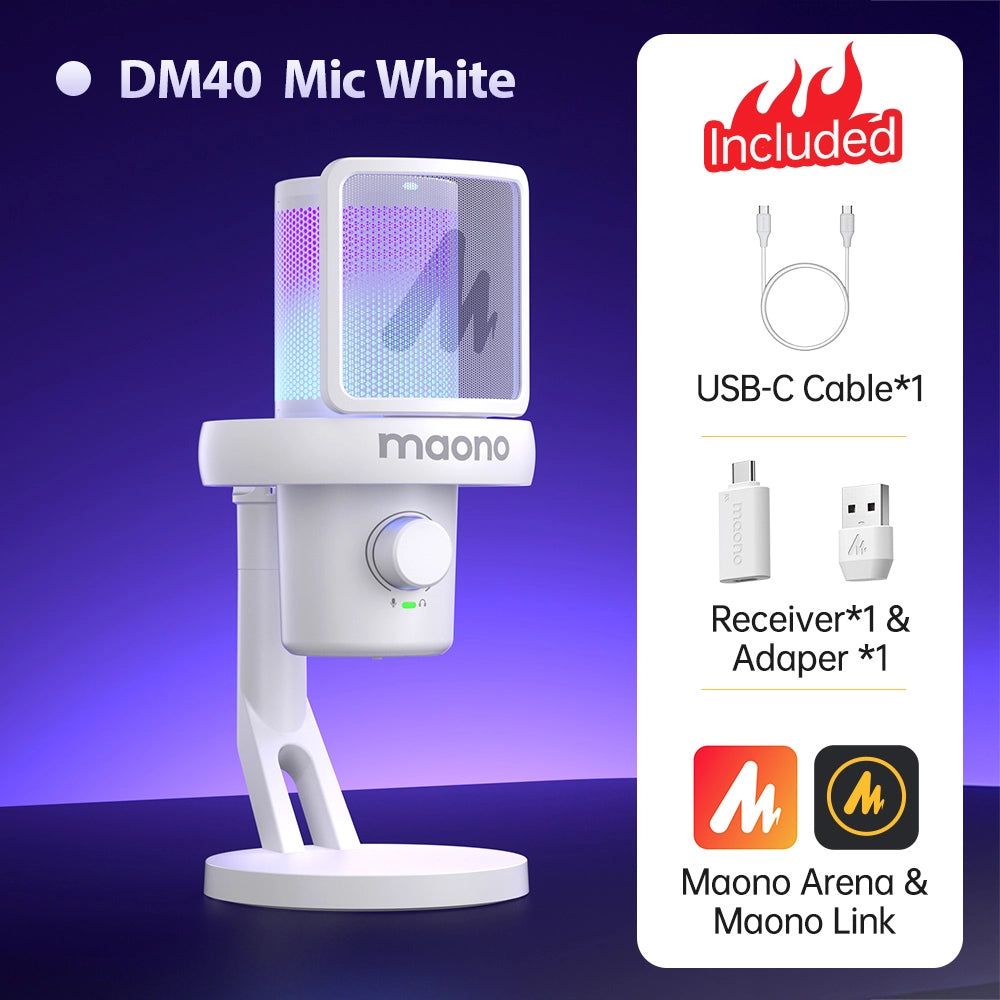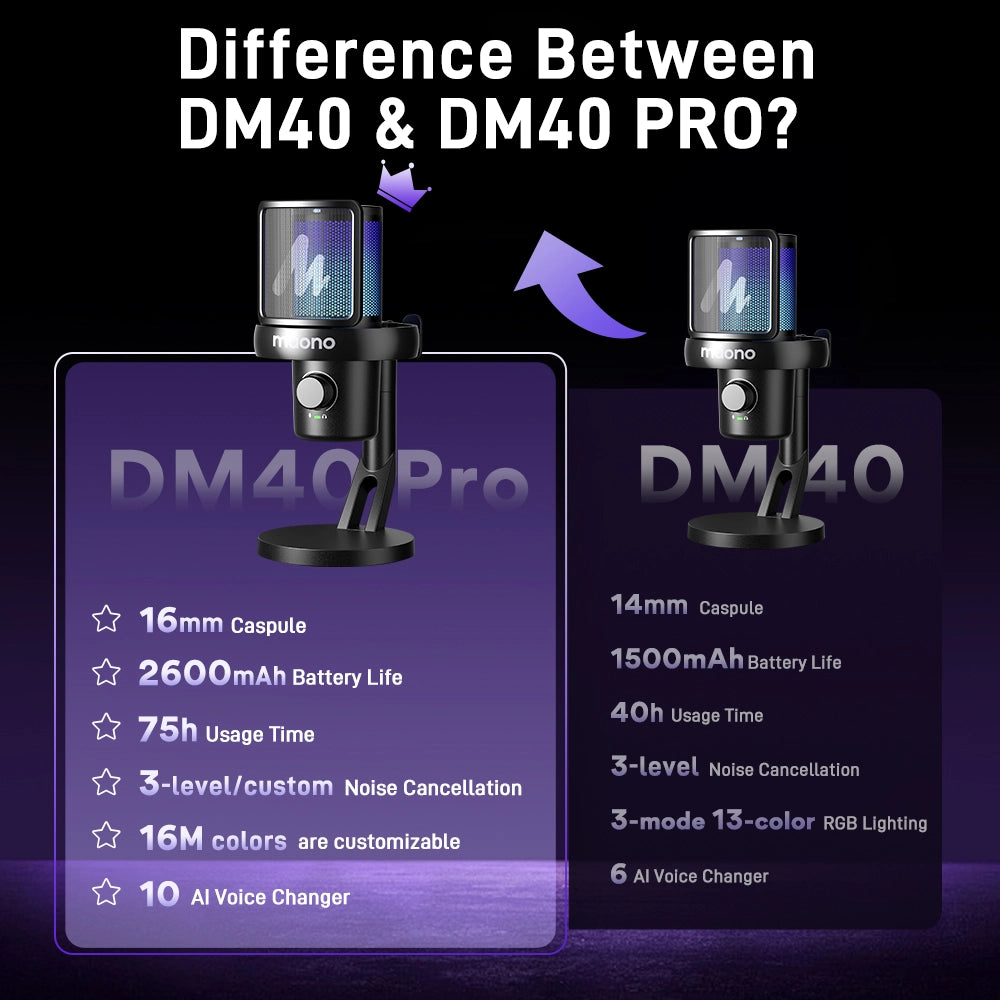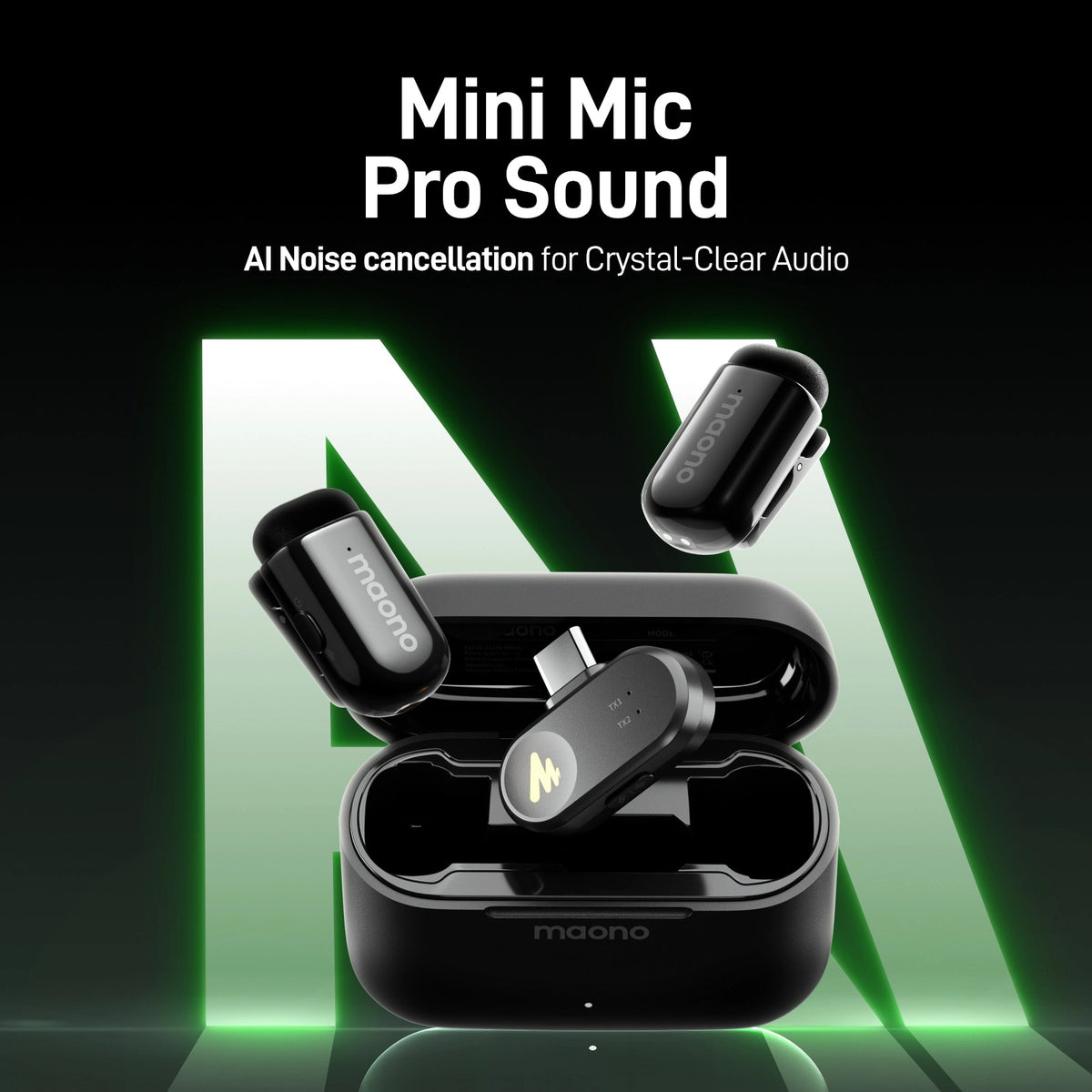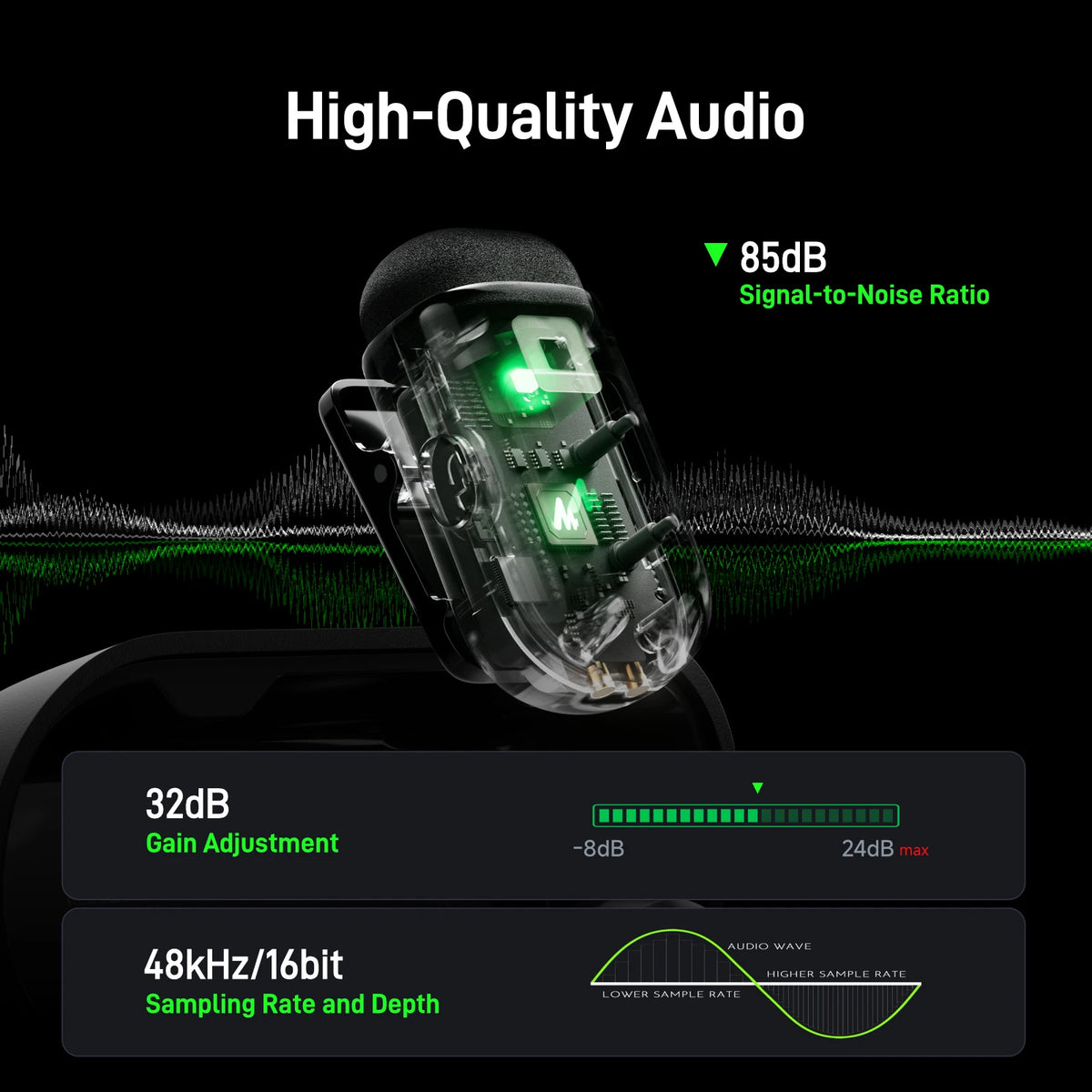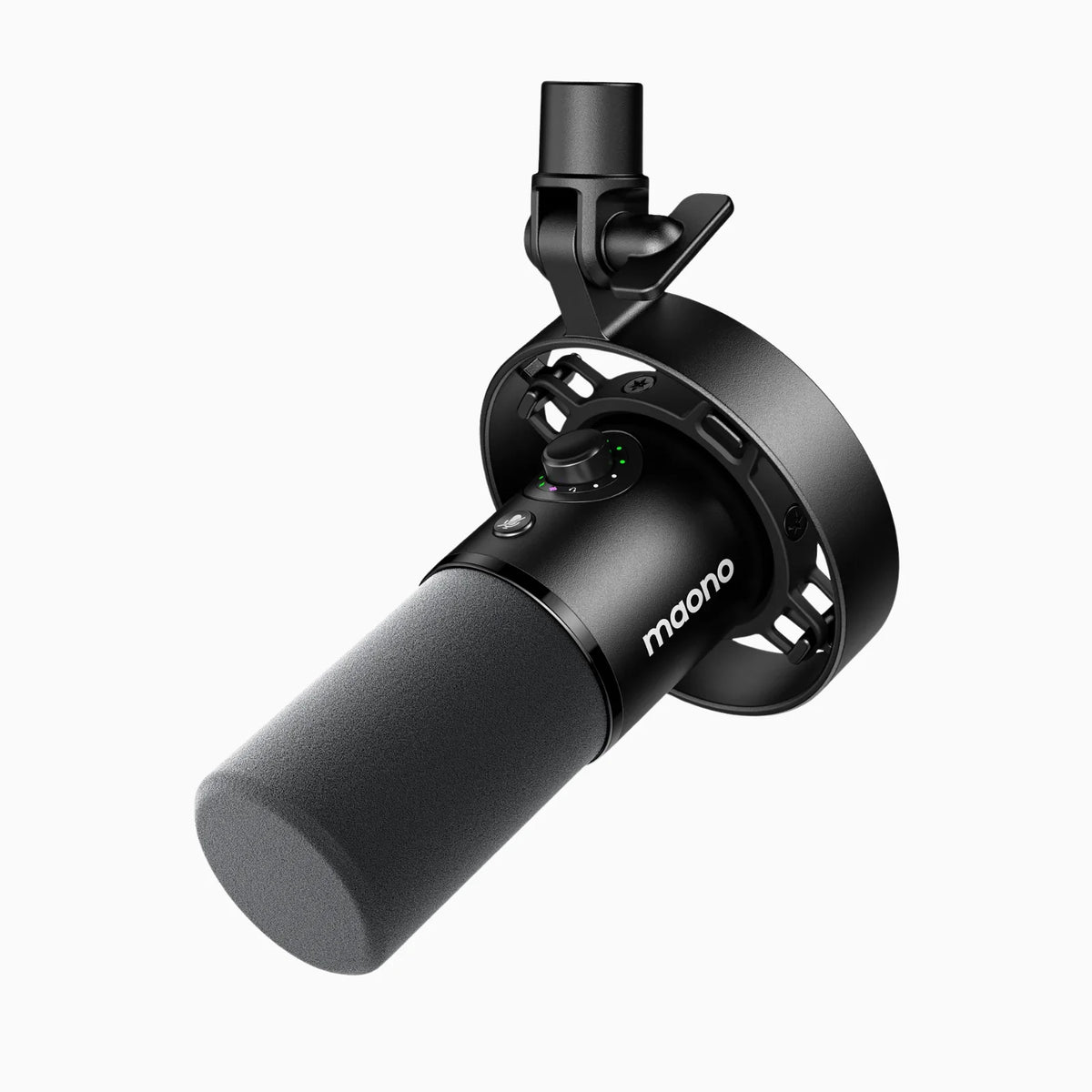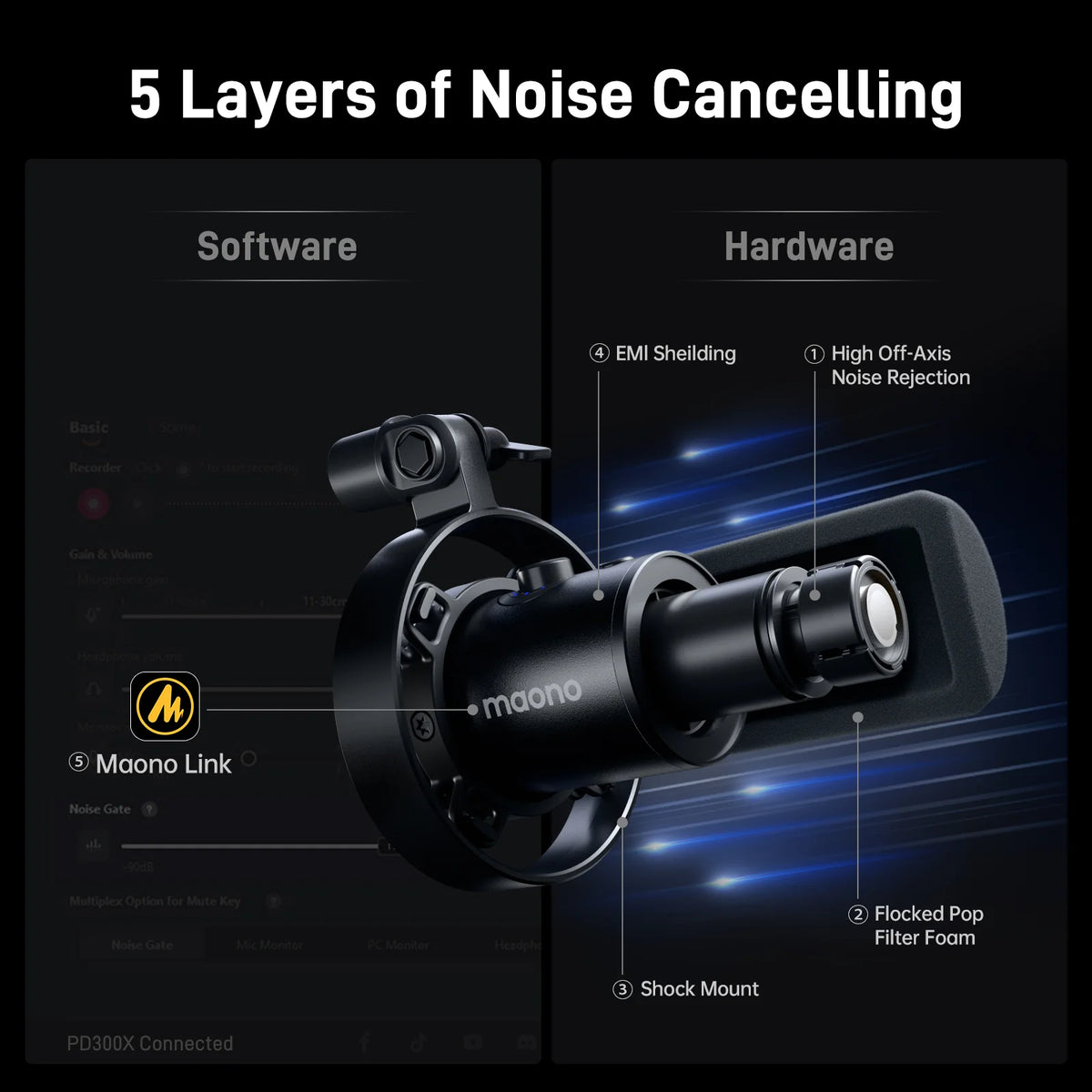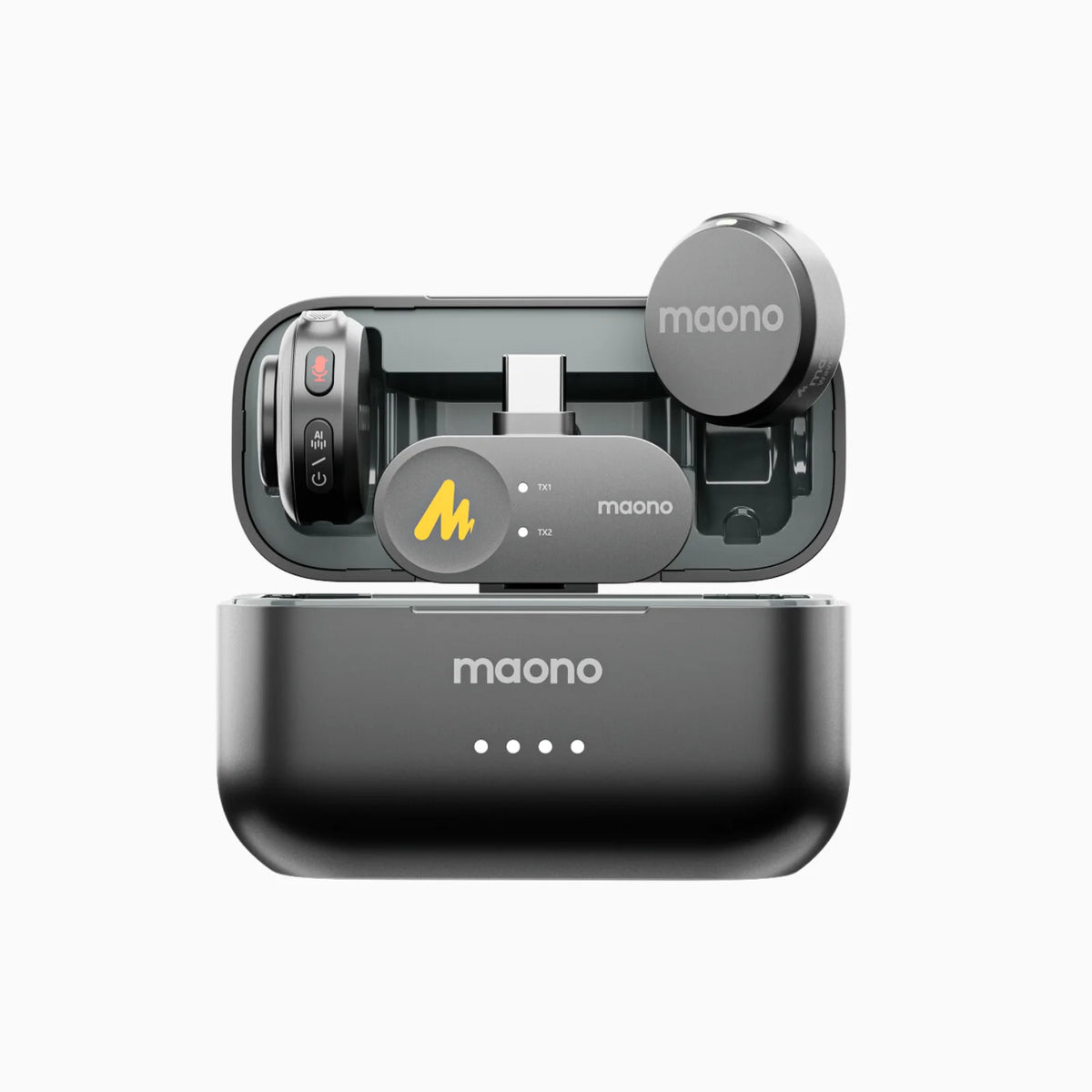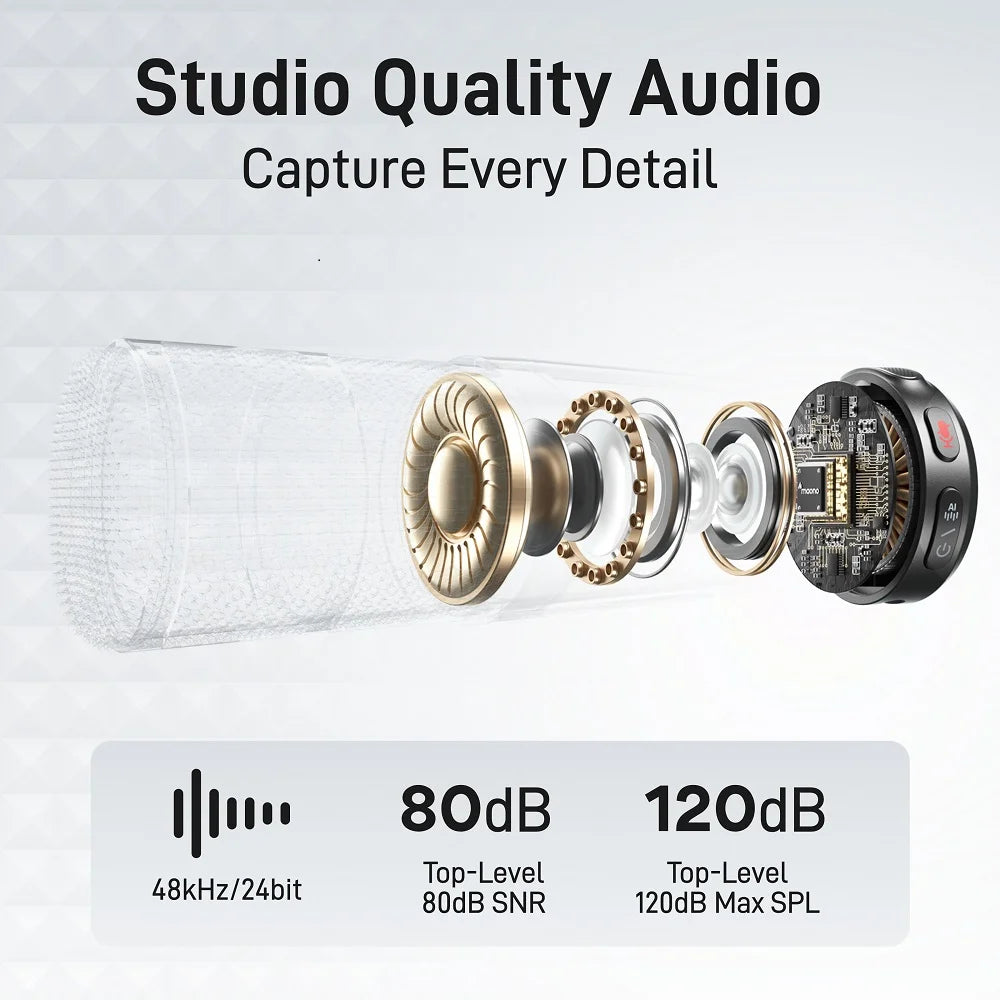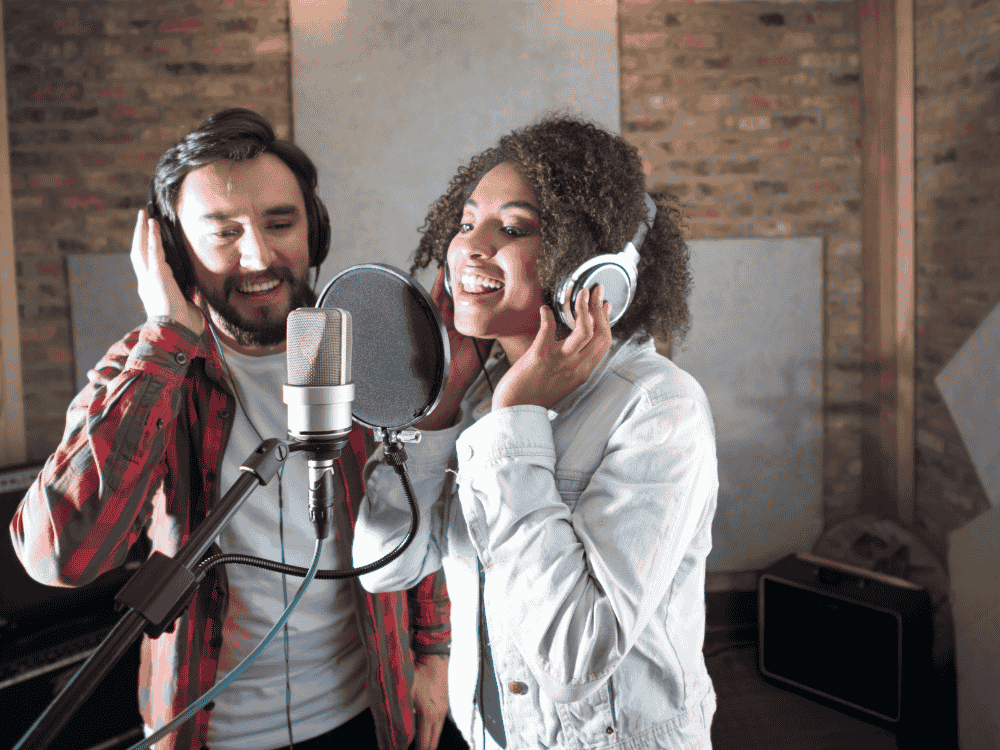A study has shown that how the room sounds and how much background noise there is, seem to have a bigger impact on how your voice sounds in recordings than the specific microphone you use. However, investing in a good microphone also plays a huge role in changing the way you sound and improving the quality of your voice through your vocal recordings. So, in this article, we'll discover the different factors that contribute to the quality of voice recordings and how to choose the perfect recording microphone, to make it sound even better.
Where Should the Microphone Be Used?
Microphones are used in different contexts: in a professional or home recording studio, and outdoors in live music performances. The preference for a microphone depends on its purpose and context: How, where, and in what environment you're going to use it.
having the right kind of room with good acoustics might matter more than focusing on having the fanciest, most expensive microphone.
Now let's discuss the two types of microphones: dynamic and condenser mics.
The microphone type determines the sound quality.
Dynamic microphones are often preferred for live performances due to their durability and ability to handle high sound pressure levels, while condenser microphones are commonly used in studio settings for their clarity, sensitivity, and detailed sound capture.
What are the Main Factors that Affect Recording Quality?
The main factors that affect the sound quality of vocal recordings are the microphone type, frequency response, and polar pattern.
-
Microphone Type:
Whether dynamic or condenser, the microphones can influence how your recording sounds because of the way it's designed to capture sound.
-
Polar Pattern:
Polar patterns describe the direction from which a microphone can capture sound, detailing its sensitivity to various angles.
An omnidirectional microphone captures sound equally from all directions, making it ideal for recording multiple sources or background sound.
A cardioid microphone focuses on sound from the front and reduces noise from the sides and rear, perfect for isolating vocals or instruments in noisy environments.
A super cardioid microphone has an even tighter front focus and blocks more side and rear noise, making it excellent for picking up specific sounds in loud settings like concerts.
-
Frequency Response:
Frequency response in a microphone refers to how well it captures different sound pitches, from low bass to high treble. A microphone with a flat frequency response picks up all pitches equally, while others might enhance or reduce certain pitches for specific sound types. It indicates the range of frequencies (in Hz) that a microphone can record, and it also affects the warmth and clarity of a recording.
You can also refer to this article for more information: Basic Audio Terms You Should Learn Before Buying a Microphone
How to Improve Your Voice on a Mic?
There are several ways to improve your voice on a mic, but here we will discuss five.
1. Practice Makes Perfect
Practice proper breathing and vocal techniques. Do some vocal chord warm-ups, these will help improve the tone of your voice and master clarity.
2. Test and Experiment with Your Microphone Placement
The placement of your microphone can affect the quality of your recordings. Here are some ways to do it:
Placing the mic near the sound source - this procedure will capture more detail and reduce background sound, and add warmth to the sound of vocals or instruments to add more bass, while placing it from afar can cause reverberation or echoing sound.
Adjusting the angle of the microphone - changing the distance between the sound source and the mic with an angle off-axis can balance the harshness in vocals.
Positioning the height of the mic - when you position the mic slightly below or above the mouth, you will notice that it affects the sound.
Moving the mic across the room and finding its place where it sounds perfect - experimenting with the mic in a room with good acoustics to create your desired vocals that sound nice to the ears. Remember that placing the mic near the walls and corners can enhance low frequencies while placing it far from reflective sources like walls will produce an echoing sound.
3. Make use of shock mounts and pop filters
Remove or add these accessories depending on how you want to make your vocals sound. Find joy in experimenting until you reach your desired pitch. The pop filters can prevent plosive sounds while the shock mount keeps the mic in place, without needing your hands to hold the mic while you sing.
4. Treating the Recording room by Soundproofing it
Soundproofing the room or using foam or placing the microphone inside a booth will change the sound recording quality by isolating unwanted noise.
5. Use post-processing techniques
After recording your voice, you can use post-processing techniques like equalization and compression to make it sound even better. Equalization (EQ) helps you adjust the balance of different sound frequencies, like making the bass or treble louder or softer. Compression evens out the volume, making sure the quiet parts aren't too quiet and the loud parts aren't too loud, resulting in a more polished and professional sound.
Trying these different techniques in microphone positioning and placement can help you improve your voice in no time and find the best possible sound quality in your recordings.
How to Choose the Perfect Microphone for Your Vocals
To choose the best microphone for music recording, a beginner should:
- Ask a question from the expert or do a quick research and read about the product reviews of musicians and sound experts online.
- Consider the environment or venue where the mic will be used--determine whether outdoors or indoors.
- Determine the context or intended use and know if you’re going to record solo or with a partner or group. If you’re going to use it in a live concert where you will sing vocals with a group, an omnidirectional microphone is preferred over a cardioid; otherwise, you won’t be able to hear yourself singing on the open grounds. However, if you’re recording solo, choose a cardioid condenser microphone to capture your voice in detail.
- As a reminder, the polar pattern of the microphone should be selected based on the intended use and environment.
- Ensure that the microphone for recording has a frequency response that matches the tone of your voice to make it sound natural.
Lastly, take into account that the money you spend for this mic should be within your budget. There are several high-quality microphones available for a reasonable price.
Top Picks for the Best Microphone for Music Recording
Here are our top picks for the Best Microphone for Music Recording: AU-A04, PD200XS, PD400XS, and PM422.

Conclusion
So, what makes your voice sound better? We've explored the various factors that improve your voice quality and what makes the vocal recordings sound better. By highlighting the significant impact of room acoustics and background noise, which can often surpass the choice of microphone. However, investing in a good microphone remains crucial for improving your voice recordings, as the type of microphone, its polar pattern, and frequency response all play essential roles in capturing sound accurately. By understanding the different types of microphones, experimenting with their placement, and using post-processing techniques, you can achieve the best possible sound quality tailored to your specific needs and preferences.










